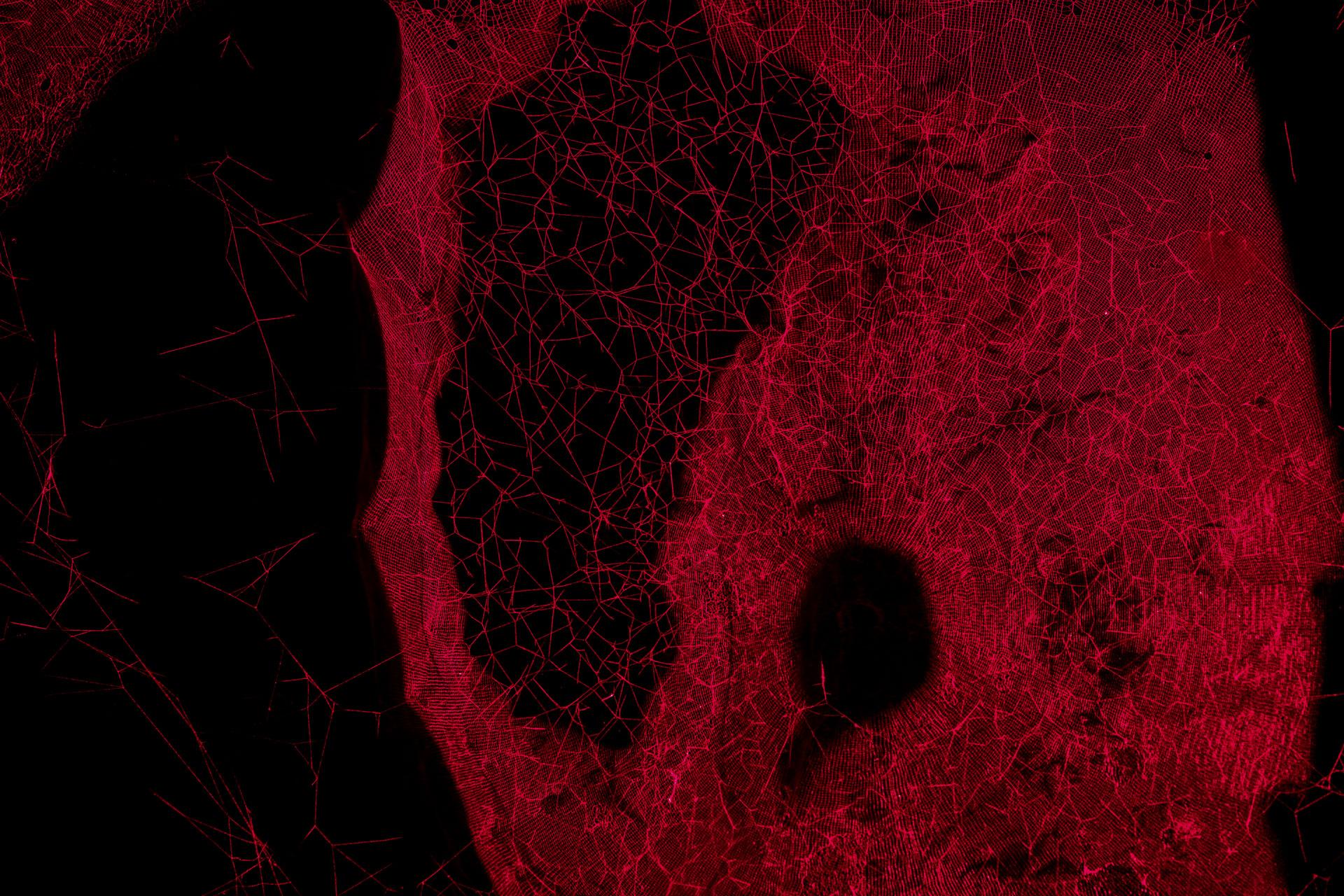

He has lectured in institutions worldwide, and directed the Institute of Architecture‐related Art (IAK) at Braunschweig University of Technology, Germany (2014–16), and held residencies at Centre National d’Études Spatiales (2014–15), MIT Center for Art, Science & Technology (2012–ongoing) and Atelier Calder (2010), among others. In the past two decades, Saraceno has collaborated with the Massachusetts Institute of Technology, Max Planck Institute, the Nanyang Technological University, the Imperial College London and the Natural History Museum London. Calling for environmental justices that enable interspecies cohabitation, Saraceno’s artistic collaborations seek relationships with the terrestrial, atmospheric, and cosmic realms – particularly through his community projects Aerocene and Arachnophilia. His floating sculptures, artworks and interactive installations challenge ways of inhabiting and sensing the environment. Tomás Saraceno (b.1973, San Miguel de Tucumán, Argentina) lives and works in and beyond planet Earth. Let your future be read by a spider or web with the Arachnomancy App About Tomás Saraceno Since 2019, Arachnophilia has proposed new pathways for cultivating affective relations between spiders and humans – some technological, and some speculative – harnessing digital tools to cultivate multispecies kinship in the technosphere and the biosphere.

Through this community, Arachnophilia creates links across multiple artistic, scientific and theoretical disciplines, including vibrational communication, biomateriomics, architecture and engineering, animal ethology, nonhuman philosophy, anthropology, biodiversity/conservation, sound studies and music. To view Maratus speciosus and Bagheera kiplingi * onsite at Serpentine, visit us! About ArachnophiliaĪrachnophilia is an interdisciplinary, research-driven initiative by Tomás Saraceno that emerged from more than ten years of collaboration with humans, spiders and their webs.
#Arachnophilia website builder download
Download the Acute Art App, or find it on the App Store or Google Play.Locate a spider or a web in your home or garden, on the street, in a park – be careful not to disturb it.Find out more on renaming this spider on To view Bagheera kiplingi * where you are: Together with members of the Arachnophilia community, Tomás Saraceno is attempting to rename this and other spider species whose names continue to carry controversial, post-colonial references. * This spider species was given a name inspired by Rudyard Kipling, and for many people this represents the Victorian imperialism Kipling supported. It is an experiment informed by the idea of technodiversity discussed by writer and philosopher Yuk Hui, in which a relatively new technology is used in the service of biodiversity, moving us towards a truly Augmented Reality. Webs of Life invites a deeper consideration of our non-human neighbours, and encourages everyone to play a role in environmental justice. He asks us to reconsider our relationship to spiders – how can we protect them, and save their habitats? The submitted images become a part of the Arachnomancy App, built by Saraceno, that connects observations of spiders and webs around the world. Via Augmented Reality (AR), versions of two spiders, the Maratus speciosus, also called the peacock spider because of its coloured markings, and Bagheera kiplingi*, the world’s only vegetarian spider, Saraceno aims to raise awareness and funds for the protection of biodiversity in the age of global warming.Ī small version of the Maratus speciosus can be viewed through your phone wherever you are in the world, in exchange for a photograph of a spider or web, while two giant AR spiders will also be positioned outside Serpentine South from 19 June.īy asking participants to look for spiders and webs in order to be able to access the small AR spider Bagheera kiplingi, * Saraceno draws attention to the locations and habitats on which spiders rely in our daily lives: inside buildings, behind doors, on windows, under leaves. This summer, Tomás Saraceno encourages us to move away from a fear of spiders (arachnophobia) and towards a love of spiders (arachnophilia, the title of the artist’s long-running research project). Serpentine and Acute Art present Webs of Life, a project by artist Tomás Saraceno with Arachnophilia.


 0 kommentar(er)
0 kommentar(er)
